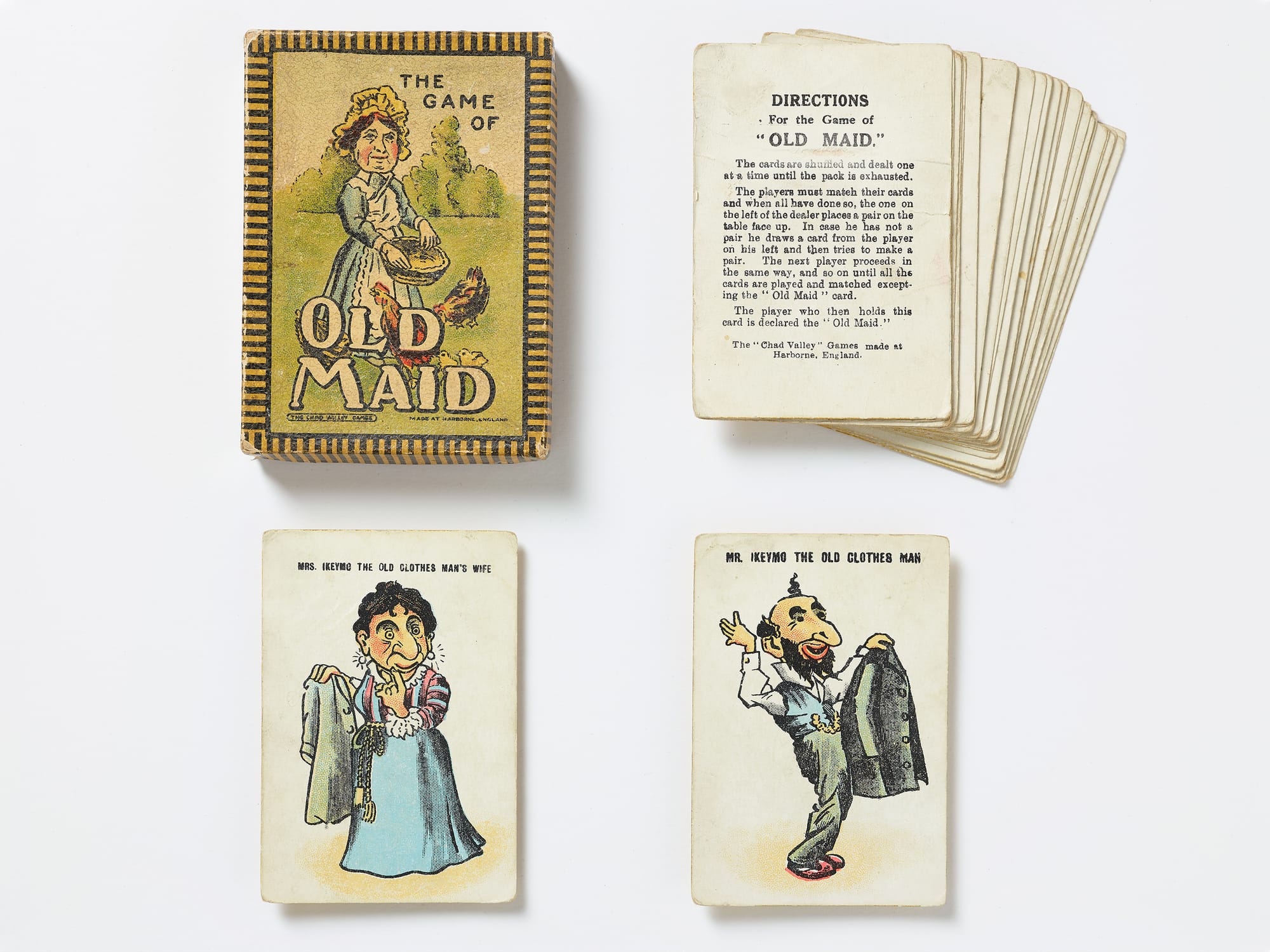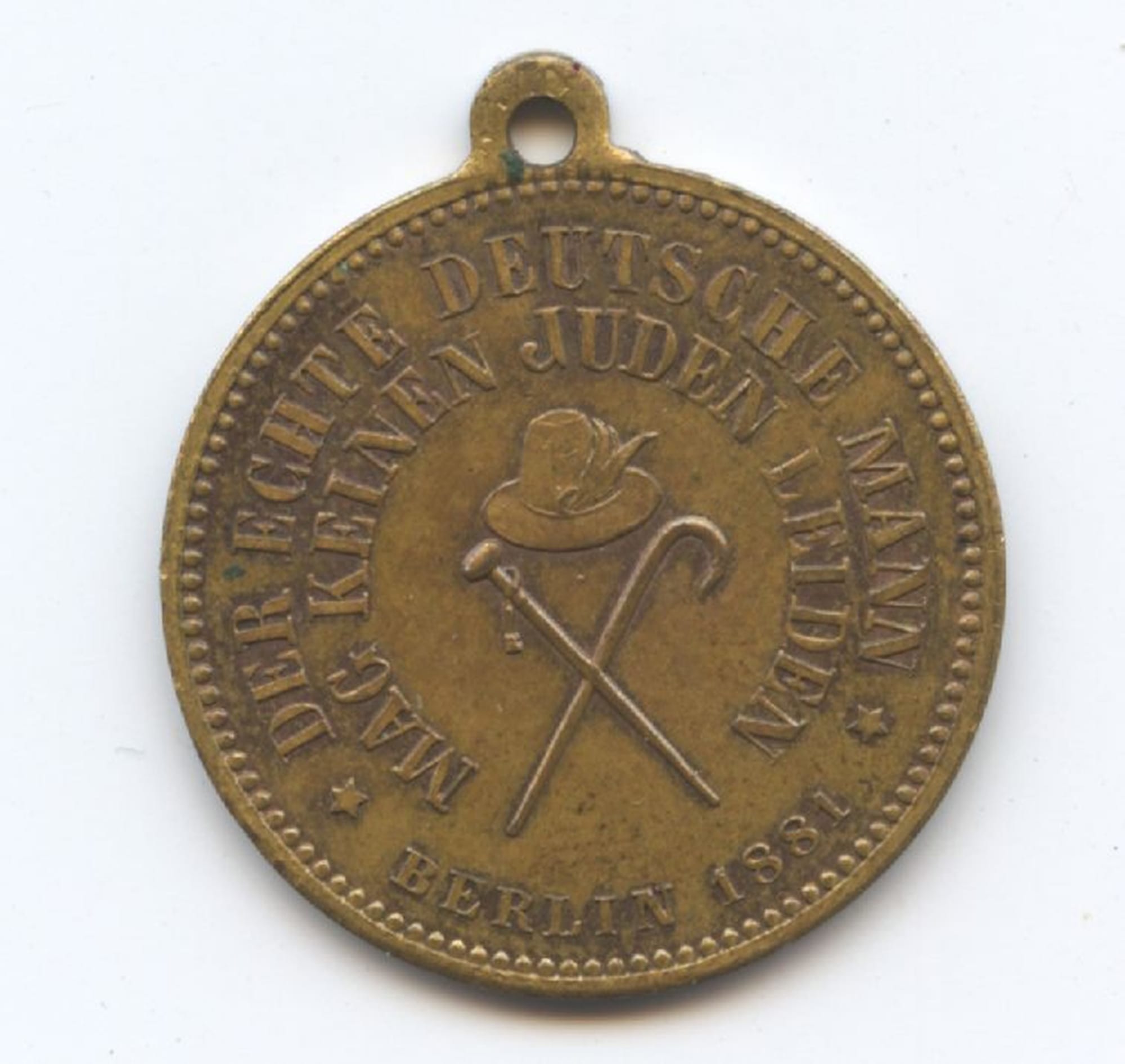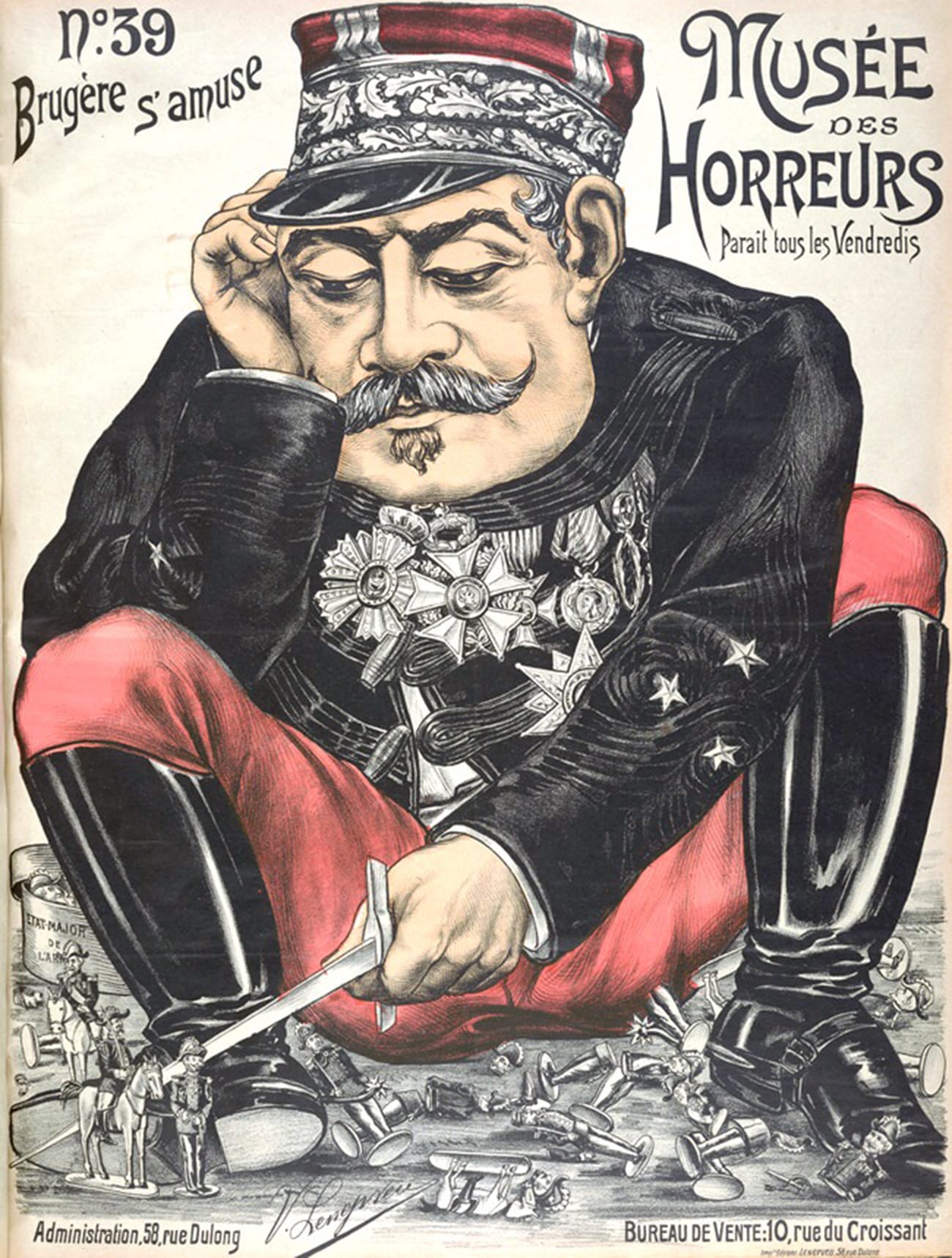An Archive Traces the History of Anti-Semitism Across Europe
The archive includes some 15,000 objects and ephemera, ranging from anti-Semitic postcards and playing cards to concentration camp currency and food ration cards.

The German Historical Museum in Berlin announced the acquisition of an archive of some 15,000 objects and ephemera related to the history of anti-Semitism, ranging from anti-Semitic postcards and playing cards to concentration camp currency and food ration cards. Amassed over the course of three decades by the late German civil engineer Wolfgang Haney, who lost family in the Holocaust, the items chart the development of anti-Semitism in Europe since the late 19th century. They have been acquired for their significance as a historical record; as an educational bulwark against present-day anti-Semitism, which is on the rise in Germany; and to keep the items from dispersing throughout the free market, where potential buyers may well have anti-Semitic motives — not to mention little interest in connecting personal or looted objects with their rightful owners.
The acquisition was supported by the Federal Government Commissioner for Culture and Media, the Federal Minister for Education and Research, and the State Cultural Foundation. “The Haney Collection contains historically unique testimonies that show National Socialist’s oppression and crimes against humanity and the gradual escalation of the racist terror system,” said Monika Grütters, Germany’s Culture Minister, in a statement. “The collection is such a valuable bundle for research into antisemitism, which is currently challenging us again.”

Haney, who was born in Berlin to a Jewish mother and a Catholic father, witnessed the ascent of the Nazi party as a child and experienced its devastating effects. He was forced to leave high school, and in 1943, a bombing destroyed his family’s home. Much of his extended family perished after being sent to Lodz and then Auschwitz. His mother evaded deportation by hiding in the woods outside of Berlin, while Haney — who was spared deportation due to his father’s connections — aided her. After the war, Haney went on to become a municipal civil engineer in his birth city. He had been a numismatist from a young age, but it wasn’t until his retirement, in 1991, that he turned to an unusual new collecting category: anti-Semitic material.
Haney spoke about his motivation for collecting these painful items with Widen the Circle, an anti-prejudice nonprofit that honored him with the Obermayer German Jewish History Award for Distinguished Service. “I must do it — I must do something to remember all the people who died in our family,” Haney recalled thinking. “The Germans must say what they have done to the Jews.”
To build his collection, Haney combed antique stores and flea markets throughout Germany, ultimately spending over €1 million (~$1.13 million). Along the way, he wrote several books on the history of the Holocaust and loaned objects from his holdings to exhibitions at a number of German and Polish institutions, as well as the Imperial War Museum in London and the United States Holocaust Memorial Museum in Washington, DC. In 2006, he was awarded the Berlin Order of Merit, the city’s highest honor.

In a statement on the museum acquisition, Markus Hilgert, General Secretary of the Kulturstiftung der Länder, described Haney’s collecting efforts as “pioneering work in the investigation of crimes committed by National Socialism and the persecution of Jews.”
“No museum or archive has compiled such objects in a comparable way,” Hilgert added.
An essay by Fritz Backhaus, the German Historical Museum’s Director of Collections, separates Haney’s collection into three parts. One segment focuses on the growth of anti-Semitism around the Wilhelmine Period, when German mass media was taking off. Bigoted images and sentiments became naturalized as they were insidiously disseminated through low-cost postcards, posters, leaflets, and stamps. A second part features items from the Third Reich, including advertisements for the notorious Nazi propaganda film Jud Süss (1940), photographs taken in Jewish ghettoes, letters and diaries written at concentration camps, and a variety of bureaucratic ephemera such as food ration cards for Jews and special banknotes used at the camps. The third segment consists of items from the years after the war, demonstrating the ongoing presence of anti-Semitism in right-wing extremist groups and considering how the Holocaust has been portrayed, misrepresented, or erased in the media.

Due to legal and ethical questions about the origin of the objects, the German Historical Museum said in a statement that the acquisition will require additional research. Regarding personal documents of Holocaust victims, the museum will collaborate with the Arolsen Archives, an international organization founded to trace victims of Nazi persecution that has built a massive archive over the years. The museum will also consult with the Claims Conference, which deals with restitution and compensation for victims of Nazi persecution, to determine next steps with regards to scraps of Torah scrolls, which German soldiers stole from synagogues and used as wrapping paper.
Items from the Haney Collection acquisition will feature in a forthcoming permanent exhibition at the German Historical Museum, which will incorporate object research by the Center for Research on Antisemitism at the Technical University, Berlin.




